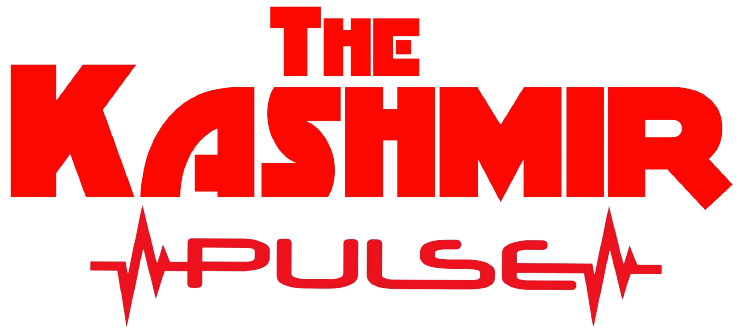
Designing, creating, and manufacturing mechanical systems and devices are all part of the area of mechanical engineering. 2D Drafting is one of the most often utilized techniques for producing these drawings. Making two-dimensional representations of items is known as ‘2D Drafting’. It is frequently done using CAD software.
The predominant approach for producing technical drawings in mechanical engineering, despite the advent of more sophisticated 3D modeling techniques, is still 2D Drafting. This article compares 3D modeling to 2D Drafting to better understand why 2D Drafting is preferred in mechanical engineering.
What is 2D Drafting?
Using computer-aided design (CAD) software, 2D Drafting is a technique for producing technical drawings that represent two-dimensional views of objects. These technical drawings communicate design parameters to manufacturers or other stakeholders and give precise information about the design’s size, shape, and dimensions. Engineers use a set of defined symbols, lines, and dimensions to generate drawings in 2D Drafting, which enables the exact and accurate representation of the thing.
Advantages of 2D Drafting in Mechanical Engineering
Greater Precision and Accuracy
Engineers may produce incredibly exact and accurate technical drawings using 2D Drafting services. It is because 2D drawings are less complex and are simpler and easier to measure and quantify than 3D models, which can be more complex and challenging to measure precisely.
Simplicity of Representation
As objects are represented more simply in 2D Drafting, technical drawings may be produced more rapidly and effectively. It is especially crucial when preparing designs for manufacturing, as manufacturers can create components more easily, the simpler the representation.
Ease of Modification
Engineers may quickly adjust technical designs using 2D sketching rather than starting from scratch. It is crucial in an iterative design process where modifications to a design are required based on testing or stakeholder feedback.
Efficient Use of Computer Resources
Compared to 3D modeling, 2D Drawing uses less memory and processing resources. Engineers may produce technical drawings on less powerful computers and work more effectively with larger designs.
Familiarity among Industry Professionals
Since 2D Drafting has been used extensively in mechanical engineering for many years, it is a well-known and well-accepted technique for producing technical drawings. It makes working with co-workers, vendors, and producers accustomed to 2D sketching methods simpler for engineers.
Comparison of 2D Drafting and 3D Modelling
Applications
While 3D modeling is utilized to create virtual representations of entire systems or assemblies, 2D Drafting is typically used for making technical drawings for mechanical engineering services. While 3D modeling is better suited for developing visualizations and simulations of complex systems, 2D Drafting is more suited for producing optimized manufacturing drawings.
Pros and Cons
When developing technical drawings for manufacturing, 2D Drafting is typically quicker, simpler, and more precise than 3D modeling. Yet, because it enables engineers to visualize and simulate the system’s behavior before it is created, 3D modeling is more suited for building complicated systems and assemblies. While 3D modeling offers a more accurate and in-depth perspective of the product being developed, it can also be more intuitive for some engineers.
Use in Mechanical Engineering
For developing individual components that call for accurate measurements and production requirements, 2D drawing is ideal. For creating intricate systems or assemblies that call for simulation and visualization of the system’s behavior, 3D modelling is preferred. Also, precise prototypes and virtual design testing are produced using 3D modeling.
Conclusion
In conclusion, because of its ease of use, speed, and precision, 2D Drafting is still the method of choice in mechanical engineering for producing technical drawings. While 3D modeling has gained popularity recently, 2D Drafting still has benefits in terms of accuracy, simplicity of representation, the effectiveness of change, the effectiveness of the use of computer resources, and familiarity among professionals in the field.
Follow Us
The Kashmir Pulse is now on Google News. Subscribe our Telegram channel and Follow our WhatsApp channel for timely news updates!









